忘记密码
Predicting unseen antibodies’ neutralizability via adaptive graph neural networks
Jie Zhang 1,9,10 , Yishan Du1,10, Pengfei Zhou1, Jinru Ding1, Shuai Xia2,Qian Wang2, Feiyang Chen1,3, Mu Zhou4, Xuemei Zhang5, Weifeng Wang6,Hongyan Wu 7 , Lu Lu 2 & Shaoting Zhang 1,8
Most natural and synthetic antibodies are ‘unseen’. That is, the demonstration of their neutralization effects with any antigen requires laborious and costly wet-lab experiments. The existing methods that learn antibody representations from known antibody–antigen interactions are unsuitable for unseen antibodies owing to the absence of interaction instances. The DeepAAI method proposed herein learns unseen antibody representations by constructing two adaptive relation graphs among antibodies and antigens and applying Laplacian smoothing between unseen and seen antibodies’ representations. Rather than using static protein descriptors, DeepAAI learns representations and relation graphs ‘dynamically’, optimized towards the downstream tasks of neutralization prediction and 50% inhibition concentration estimation. The performance of DeepAAI is demonstrated on human immunodeficiency virus, severe acute respiratory syndrome coronavirus 2, influenza and dengue. Moreover, the relation graphs have rich interpretability. The antibody relation graph implies similarity in antibody neutralization reactions, and the antigen relation graph indicates the relation among a virus’s different variants. We accordingly recommend probable broad-spectrum antibodies against new variants of these viruses.
1SenseTime, Shanghai, China. 2Key Laboratory of Medical Molecular Virology (MOE/NHC/CAMS), School of Basic Medical Sciences, Shanghai Institute of Infectious Disease and Biosecurity, Fudan University, Shanghai, China. 3Department of Computer Science, The University of California, Los Angeles, Los Angeles, CA, USA. 4SenseBrain Research, San Jose, CA, USA. 5School of Pharmacy, Fudan University, Shanghai, China. 6OrigiMed, Shanghai, China. 7Shenzhen Institutes of Advanced Technology, Chinese Academy of Sciences, Shenzhen, China. 8Shanghai Artificial Intelligence Laboratory, Shanghai, China. 9Advisory Committee for AI-enabled Health Solution, Merck, Shanghai, China. 10These authors contributed equally: Jie Zhang and Yishan Du.e-mail: stzhangjie@hotmail.com; hy.wu@siat.ac.cn; lul@fudan.edu.cn; zhangshaoting@pjlab.org.cn



